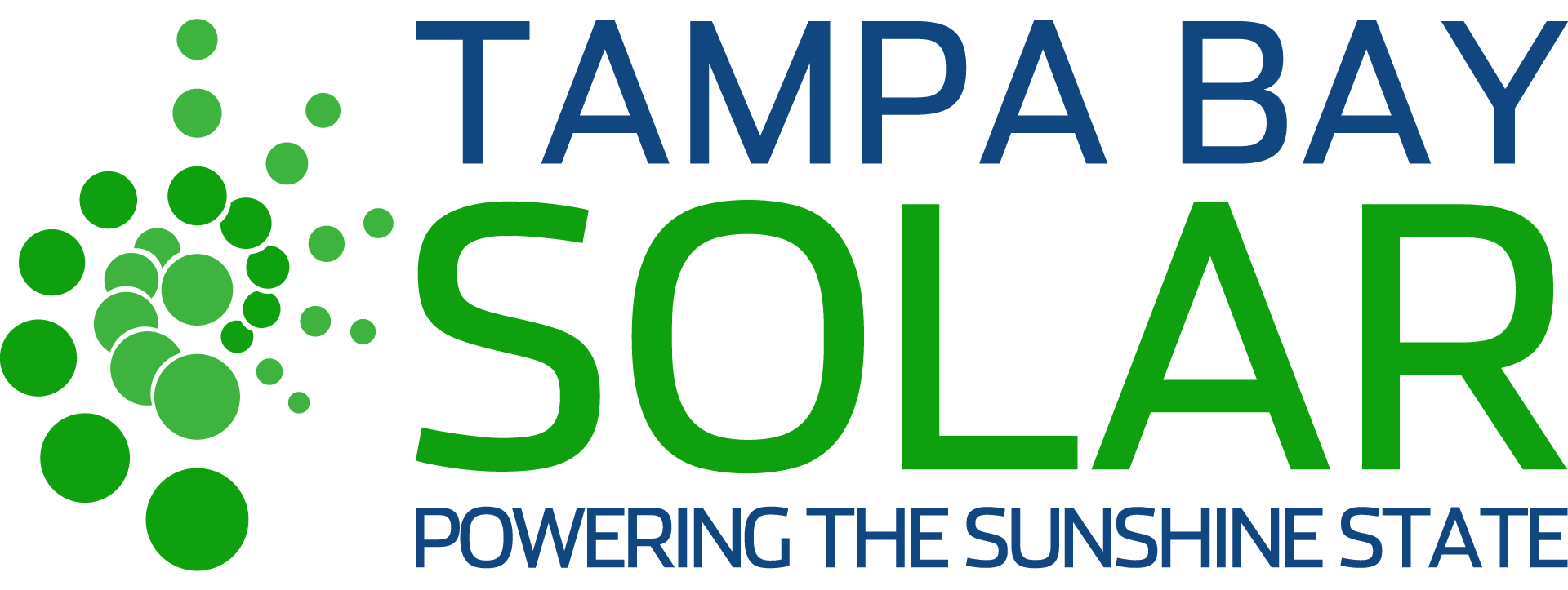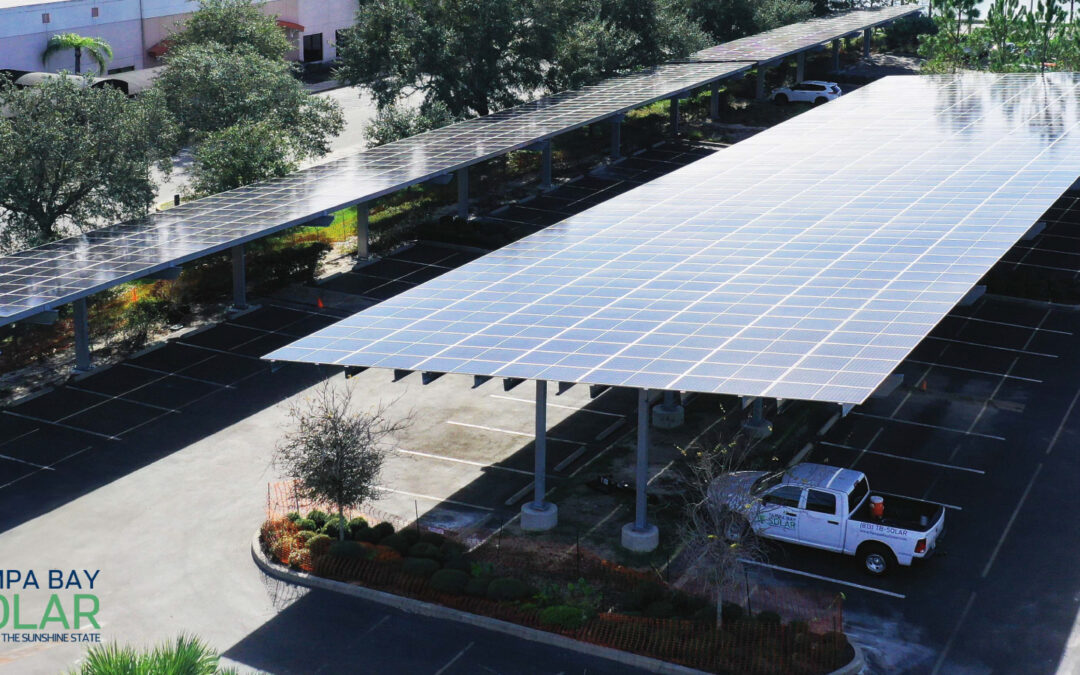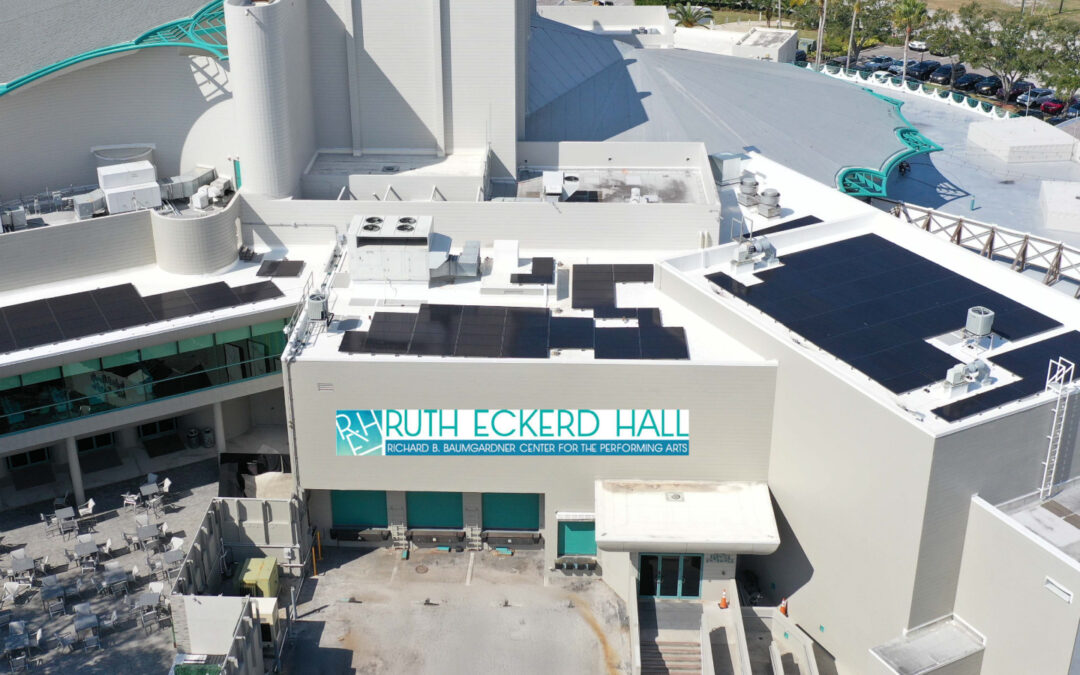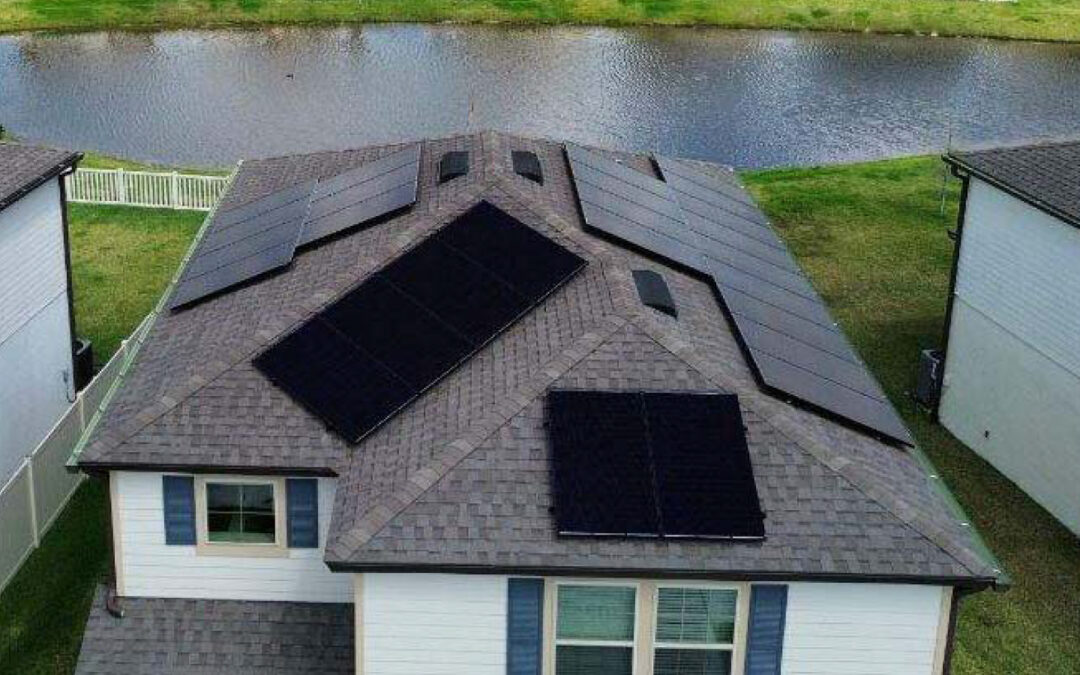Tampa Bay Solar has worked with numerous clients, all of whom live in a wide variety of homes and have many different energy needs.
In this blog, we’ll highlight how Tampa Bay Solar helped one such client — a deputy from the Hillsborough County Sheriff’s Office referred to as “Joe” in this blog — switch to solar in 2019 to combat high energy costs.
Navigating the Audit and Solar Panel Installation Process
The Tampa Bay Solar team met Joe in November 2019. He had just bought a 5,000-square-foot home that included an extra suite for his mother-in-law. Many of his fellow deputies had already partnered with Tampa Bay Solar and installed solar panels and solar pool heaters, so he decided to reach out to the company to get an estimate.
Since he had just moved in, Joe did not have a power usage history for the home. In addition to three AC units, the home also had a pool, so we recommended Joe replace his existing pool pump — an older, inefficient, fixed-speed unit that cost Joe $80 per month in power — with a Lorentz solar pool pump.
At the time, Joe had also scheduled a roof replacement. However, he made the mistake of buying a darker shade of asphalt shingles, which is problematic for one main reason: the darker the roof is, the hotter the attic will be — which means the more the AC will need to run on sunny days.
If we had known back in November that Officer Joe was installing black roof shingles, we would have recommended a lighter color. When we went up on Joe’s roof four months later, it was at least 130 degrees Fahrenheit in the middle of the day — but our team still was able to design a system that would offset $300 per month in energy costs, provide a SENSE monitor system, and install a Lorentz solar pool pump.
The system was installed in January and started to generate energy that same month. Later, by looking at the online data from the inverter, we knew the system was performing to specifications; all solar arrays report generation data from the inverter to an online app that both our team and the client can access. As the installer, Tampa Bay Solar likes to look at this data, especially after a new client turns on their solar array for the first time. If there’s an issue with a bad panel or a faulty inverter, this data will indicate those issues within the first few days after a new array is turned on.
Solving the Mysterious High Energy Costs
A few months after the installation, Officer Joe called Tampa Bay Solar asking why he was still getting high electric bills. The Tampa Bay Solar team looked at his solar array production first: After seeing his system was performing within normal parameters, the team then went out to Joe’s home to investigate.
Remember Joe’s three AC units? While walking around his home, we noticed that two of the units were brand new, but the main unit looked at least 20 years old. All air conditioning units have a SEER rating that determines the efficiency of the unit; the higher the SEER rating, the less energy consumed. While most brand new AC units have a 14 to 18 SEER rating, much older units are often only 10 or 12 SEER as required by the building code in the past.
While it would be great if AC units were efficient forever, all machinery with moving parts and motors become less efficient over time. That means a 12 SEER AC that was installed back in 2005 might be down to an 8 SEER rating by now. And in this case, Joe’s home was using 180 daily kWh (kilowatt hours) of energy — meanwhile, the average home with a pool uses about 60 kWh per day.
Given the older unit’s inefficiencies, the Tampa Bay Solar team recommended having the old unit serviced, if not replaced. Then, as we continued to look around the home, we also noticed that Joe’s electric pool heater was running. Since Joe has the SENSE monitoring system along with the SENSE app, the team asked him to watch the app while the pool heater was running to see if the numbers went down when the electric heater was turned off.
With the heater on, Joe’s power draw in real-time was 15,000 watts or 15 kilowatts. Joe’s usage dropped to 7,000 watts, or 7 kilowatts, as soon as the heater was switched off! The SENSE device also showed Joe’s solar production, which was about 7 kilowatts in the middle of the day. The team immediately knew that Joe’s electric pool heater had been drawing a boatload of kilowatts after several months of constant running. In fact, Joe had been running his electric pool heater every single day for the previous four months!
Electric pool heaters are notorious for adding $100 to $200 per month to the average monthly energy bill, especially if the homeowner keeps the pool heat turned up. We advised Joe to go with a solar pool heater, which uses no electricity to generate heat.
After looking at Joe’s SENSE app and spending some time looking at his AC units and electric pool heater, the Tampa Bay Solar team asked him to turn off the pool heater for a billing cycle and add solar attic fans to cool down the attic.
While there was nothing that could be done about the darker color of Joe’s shingles, a solar attic fan could ventilate and cool his attic better, wasting less energy to cool the upper floor of his home. Officer Joe is also eager to see how his monthly bill will be impacted once he replaces his third AC unit with a new and more efficient unit. Our team is continuing to stay in touch with Officer Joe, to help ensure that he doesn’t pay for avoidable energy consumption costs.
Choosing a Tampa Solar Panel Company You Can Trust
If you are looking into solar power on your home and have an unusually high bill, Tampa Bay Solar can help! Tampa Bay Solar’s experts will look at your entire home to assess where the energy is being used and how to reduce that energy consumption.
And, just like Officer Joe, you’ll be able to find a solution that meets your exact needs.
Contact Tampa Bay Solar today to get started with your free energy audit.
Written by Ben Alexander
